'Maybe I'm superstitious': Tusk opposes holding Ukraine-Russia talks in Budapest
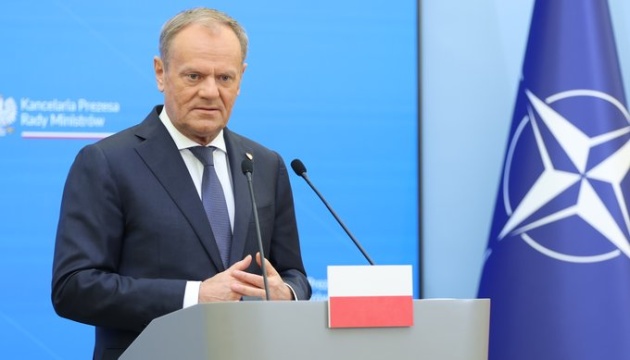


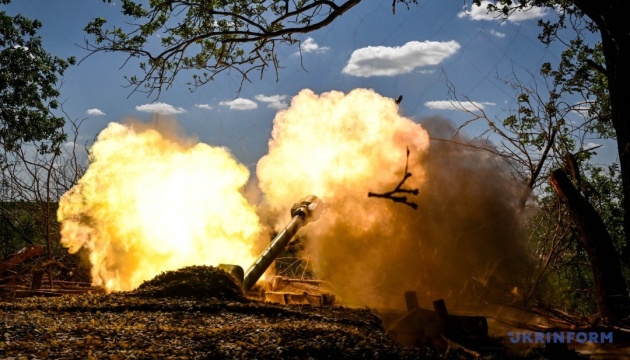



Commemorating the 1 June raid that destroyed or damaged 41 Russian strategic bombers now signals Ukraine’s growing confidence in deep-strike capabilities that fundamentally shift the strategic balance.
By turning military success into cultural artifacts, Ukraine demonstrates that Russia’s most threatening weapons — aircraft designed to deliver nuclear-capable missiles — are no longer untouchable.
The operation showcased Ukraine’s ability to coordinate precision strikes across vast distances using relatively cheap technology. Using 117 AI-trained FPV drones hidden in truck-mounted containers, Ukraine’s Security Service struck four airbases spanning three time zones: Olenya near the Arctic Circle, Ivanovo northeast of Moscow, Dyagilevo southeast of the capital, and Belaya in Siberia.
The mathematical reality is stark: drones costing thousands of dollars disabled aircraft worth billions.
The destroyed Tu-95 and Tu-160 bombers, along with A-50 early warning planes, represented roughly one-third of Russia’s strategic bomber fleet — the very aircraft Moscow uses to threaten Ukrainian cities and NATO territory with cruise missiles. Russia invested decades and enormous resources building these strategic assets, only to watch them burn on their airbases.
Since 2022, Ukrainian postal issues have evolved from cultural resistance symbols to strategic communication tools. The famous “Russian warship” stamp and Kerch Bridge commemoratives told stories of defiance. The Spiderweb stamps tell a different story: Ukraine’s growing ability to strike deep into Russian territory.
The stamp set, priced at 150 UAH ($3.62) with first-day covers at 15 UAH ($0.36), will travel worldwide — carrying the message that Ukraine can reach targets Moscow thought safe. Each envelope becomes a reminder that Russia’s threat projection capabilities are shrinking.
The operation demonstrates that Ukraine has developed indigenous capabilities — truck-based mobile launch platforms, AI-guided swarm coordination, and continental-range strike abilities — that complement Western-supplied weapons. For Russia, the raid exposed that geography provides less protection than Moscow assumed.
The postal commemoration ensures this tactical victory becomes part of Ukraine’s strategic narrative — proof that innovation and determination can neutralize even the most expensive instruments of intimidation.


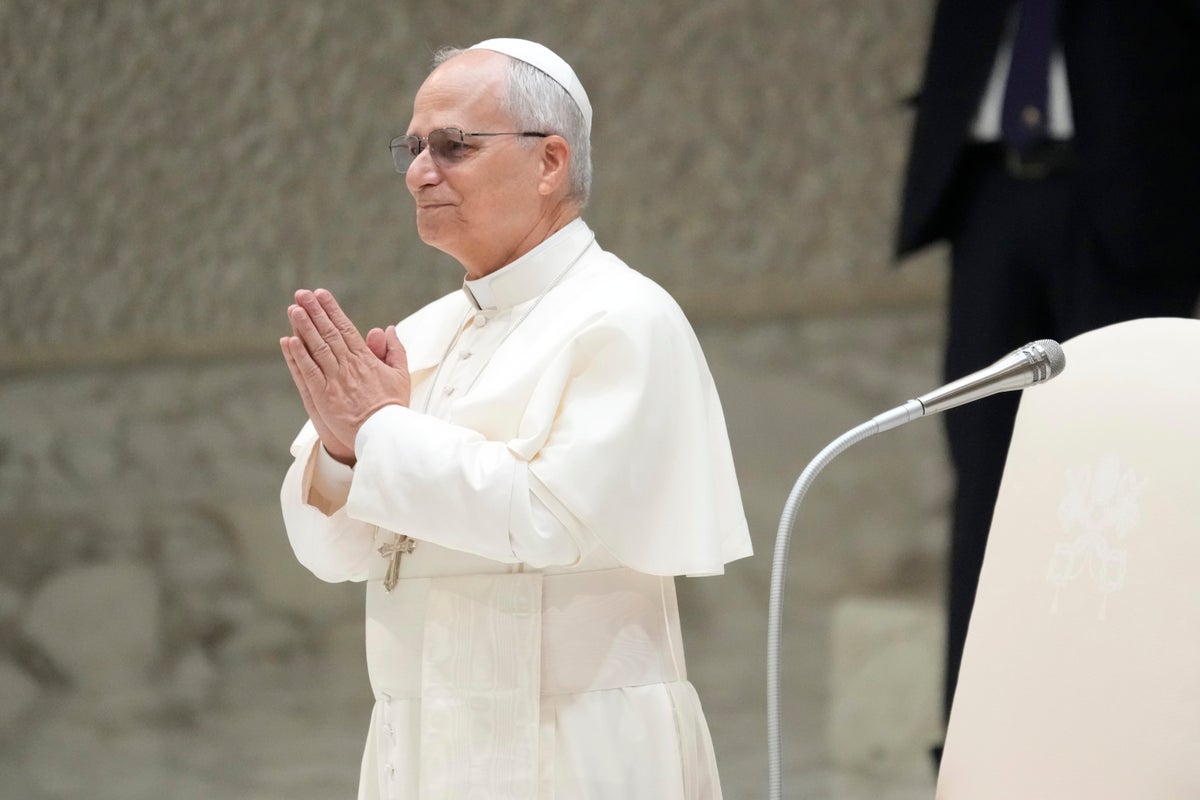

© Copyright 2025 The Associated Press. All rights reserved
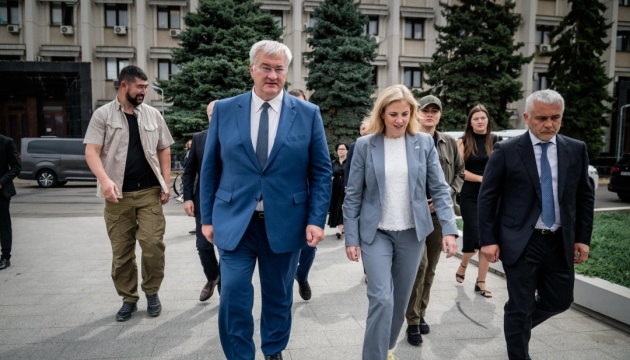

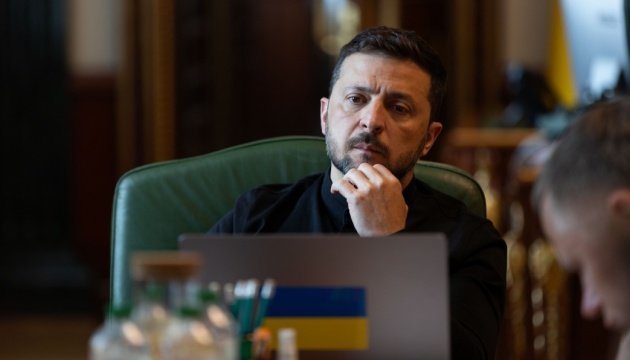

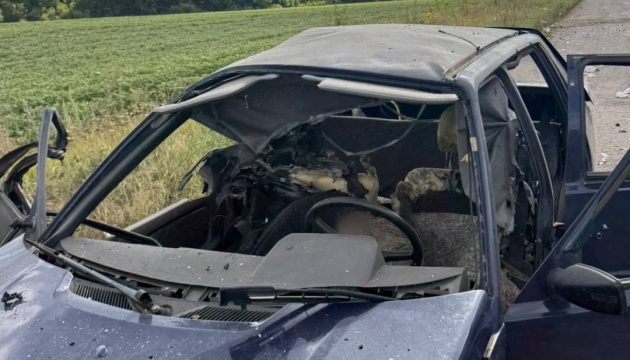

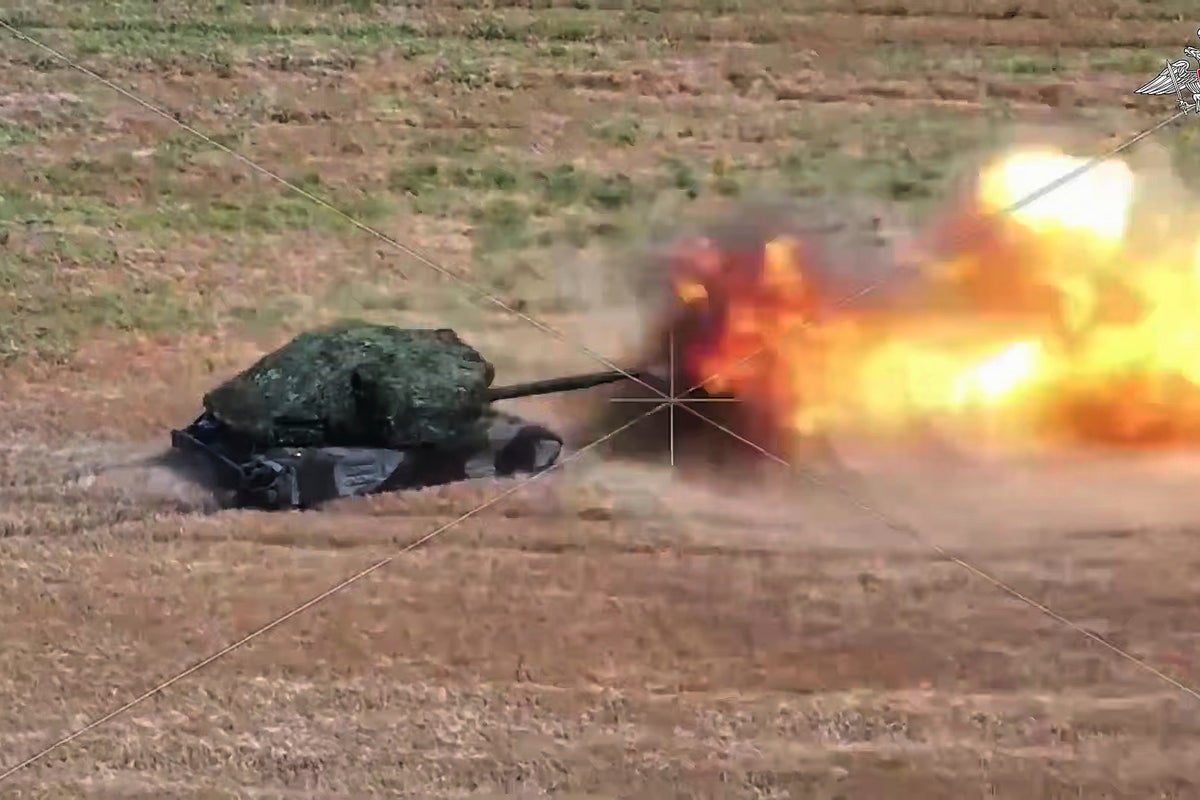

© Russian Defense Ministry Press Service
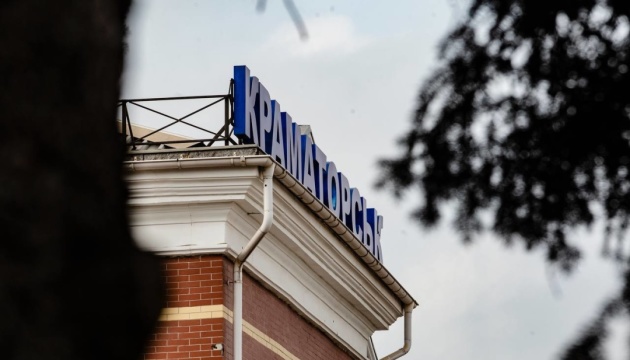



How serious is Russia about peace? While Donald Trump works to arrange a summit between Putin and Zelenskyy to push for a peace agreement, Russian forces launched another wave of attacks against Ukrainian civilians early 20 August morning.
Russian forces fired two Iskander-M ballistic missiles and Iranian-designed 93 Shahed drones across Ukraine, according to Ukrainian Air Force. Ukrainian air defense intercepted one missile and 62 drones, but strikes still hit 20 locations nationwide.
Izmayil, a port city in southern Odesa Oblast, took direct strikes that damaged fuel and energy infrastructure, according to the Odesa Regional Prosecutor’s Office and State Emergency Service.
One person was injured and hospitalized, officials reported. The strikes sparked a massive fire that required 54 rescuers and 16 specialized vehicles to contain. Ukrainian Railways deployed a fire train, while National Guard fire units and local brigades joined the response.
The Izmayil District Prosecutor’s Office opened a war crimes investigation, while prosecutors and police are documenting damage at the scene.
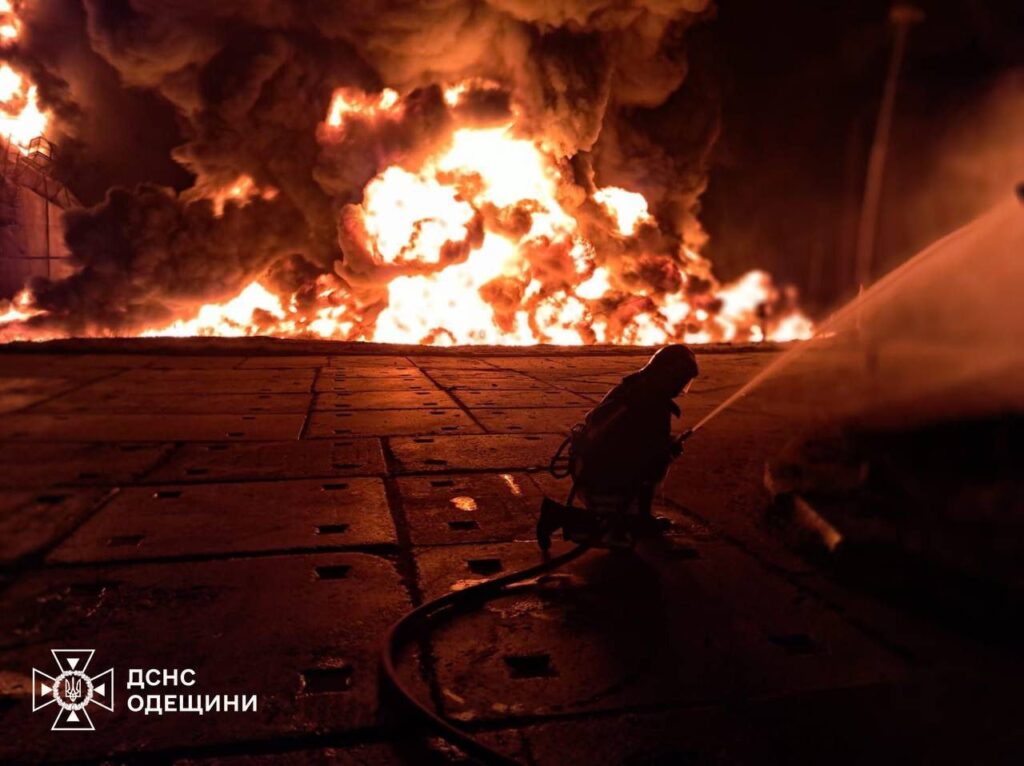

The northern city of Okhtyrka in northeastern Sumy Oblast faced a massive attack that injured 14 people, including three children. Multiple locations were struck simultaneously across the city.
The youngest victim is not even a year old yet. The boy has an acute stress reaction, but there is no threat to his life.
Emergency workers pulled a woman from rubble and transferred her to ambulance crews, according to regional authorities. The strikes damaged an apartment building, 13 private homes, an outbuilding, and a garage. Several cars were destroyed, and fires broke out across impact sites.
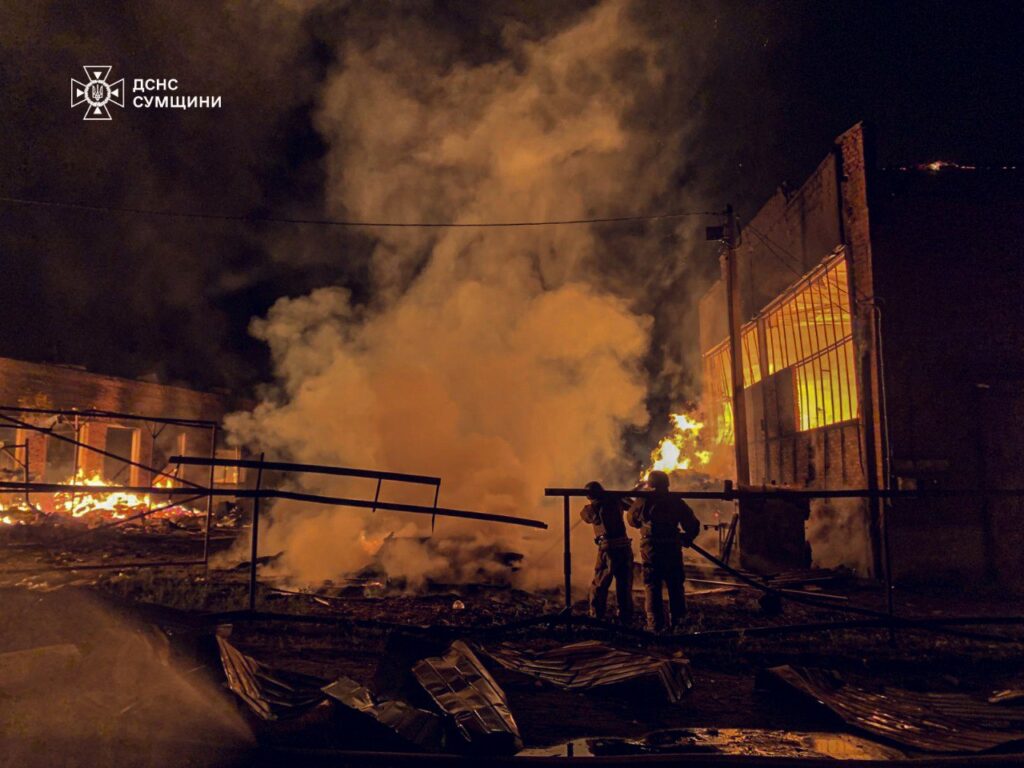
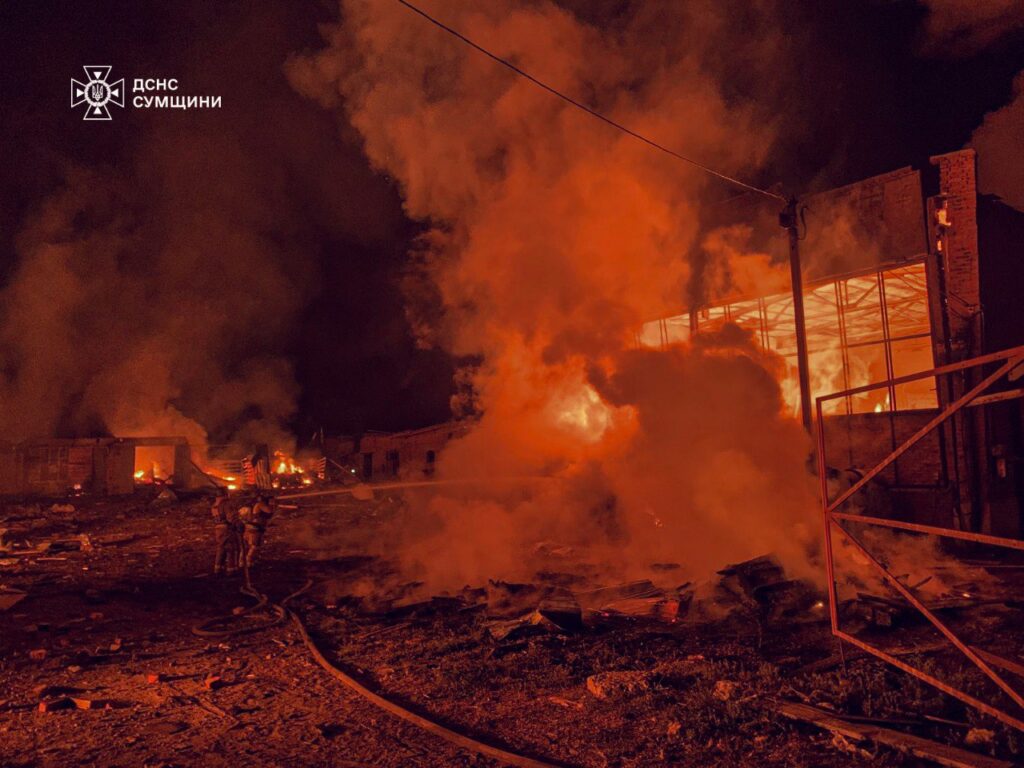
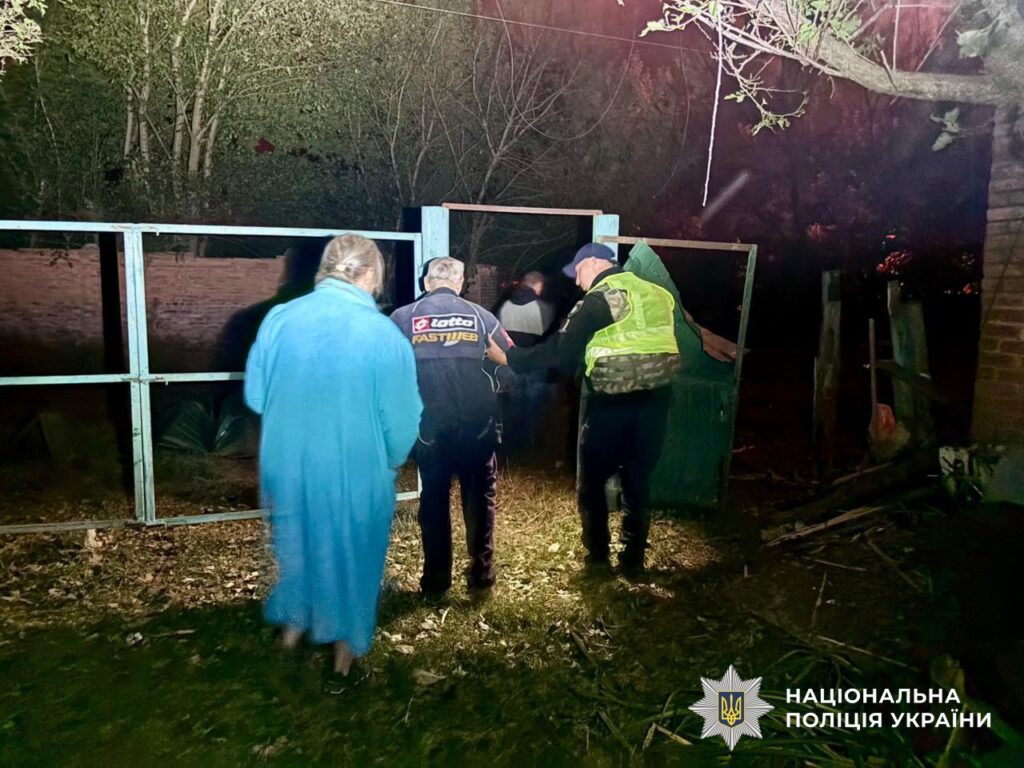
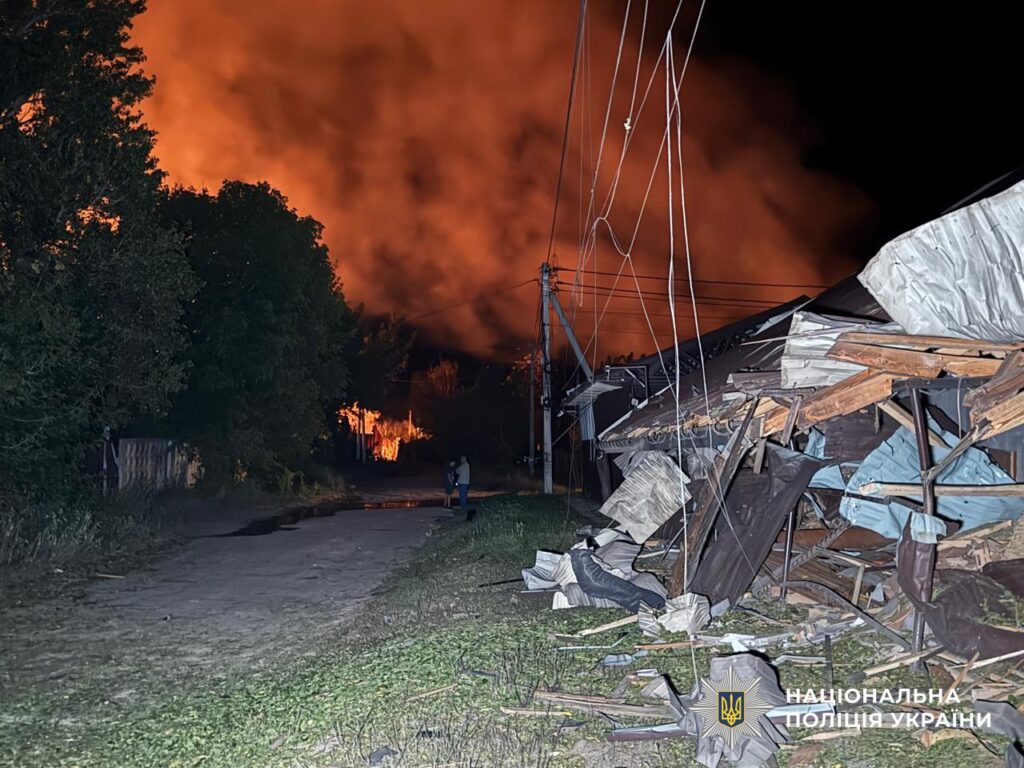
Rescue teams extinguished all fires, the State Emergency Service reported. The scale of damage suggests coordinated targeting of residential areas rather than military infrastructure.

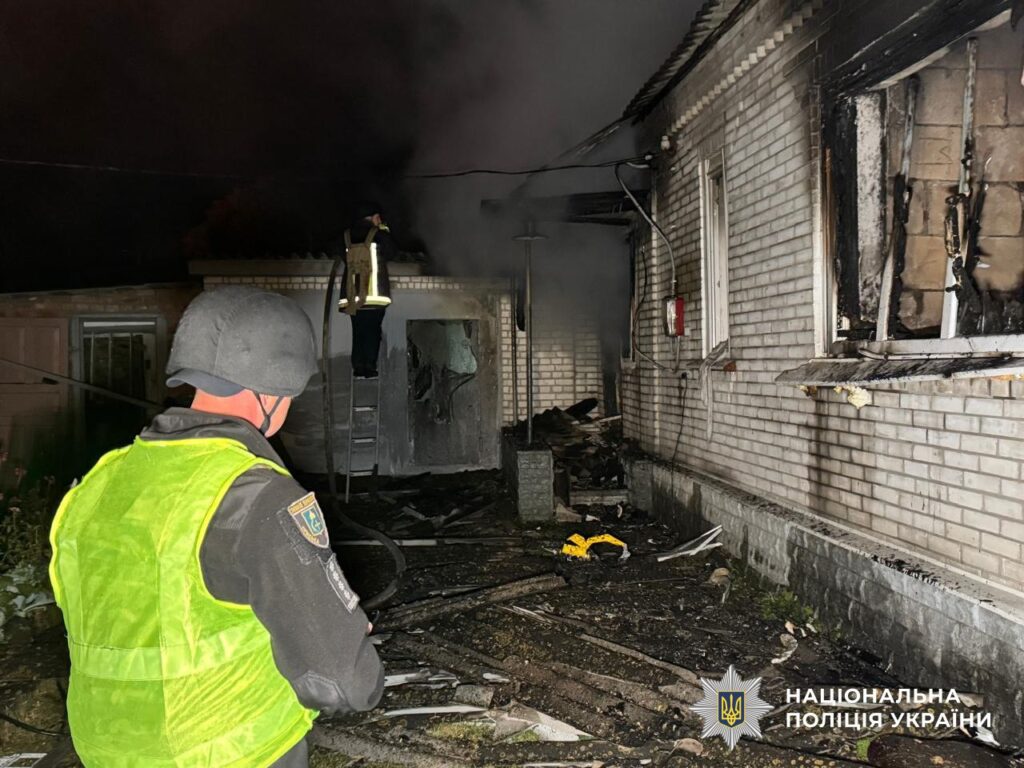
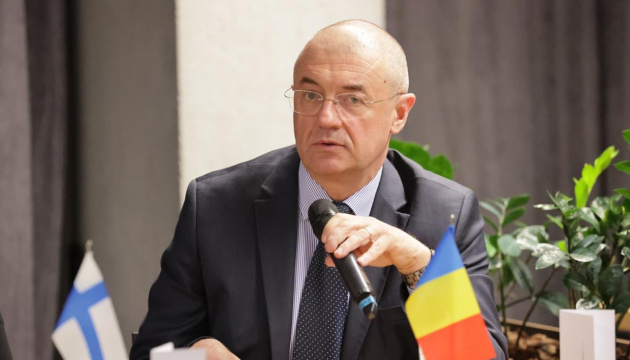

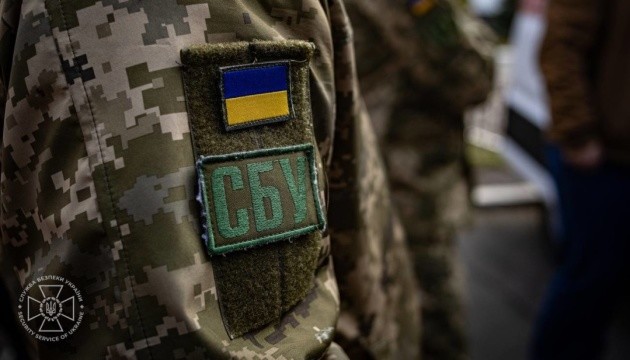

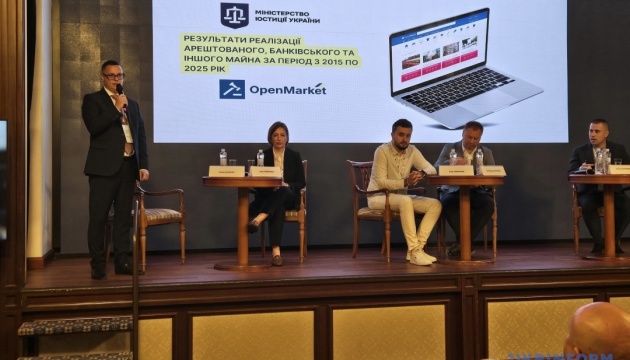

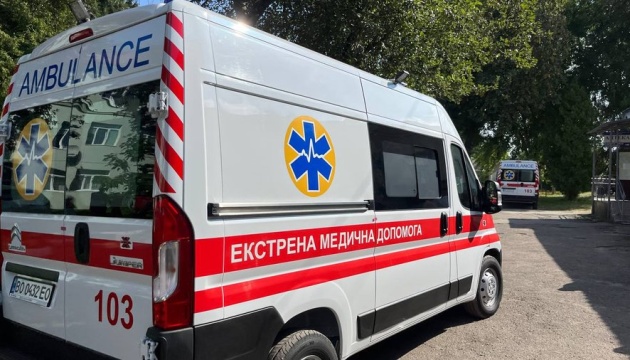

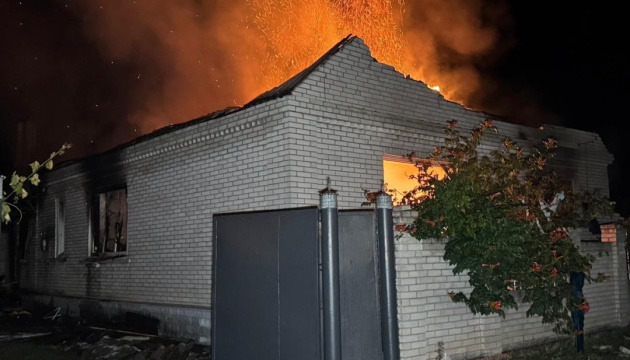

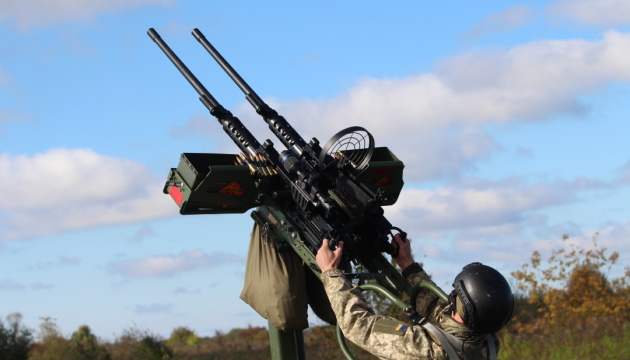

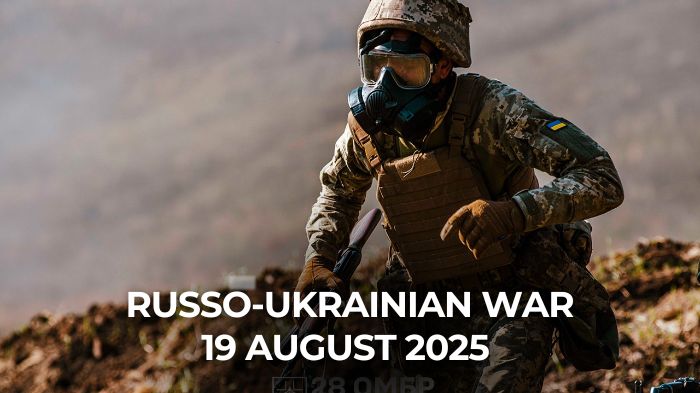

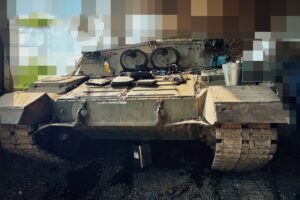 |
Russia’s cozy nuke-proof command vehicle is back in action. Russian industry only produced four or five Ladoga nuclear reconnaissance vehicles. Two wound up in Ukraine. |
 |
From ambush to alliance: Zelenskyy-Trump summit hints at revival of “peace through strength. Something fundamental shifted when the man who promised to end Ukraine’s war in 24 hours discovered Putin won’t negotiate in good faith. |
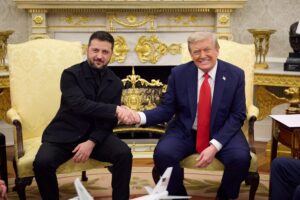 |
Trump–Zelenskyy summit: smiles in Washington, no ceasefire, $ 100bn bill. This Oval Office meeting went better than the last—but the war continues and enforcement remains unclear. |
 |
Ukrainian soldier first fought against Russia and then against Ukraine – his story reveals forced conscription in occupation. Ukrainian defenders captured their fellow Ukrainian fighting in Russian uniform who shared that the occupying authorities had threatened him with up to 12 years in prison for allegedly fabricated charges if he did not join killing of his own people on the front lines. |
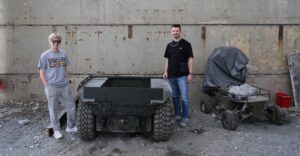 |
Ukraine builds an army where robots die so soldiers don’t have to. A New York tech CEO is finding the answer to Russia’s three-to-one manpower advantage. |
 |
NATO banned weapons to this Ukrainian unit. Now they study its tactics.. Azov went from pariah to the territorial defense case study. |
 |
Zelenskyy demands “everything” for security while Trump hints at vague Article 5-like protection. Ukraine wants weapons, troops, and intelligence support. Trump says he will discuss the guarantees with NATO allies later today. |
Read our earlier daily review here.
You could close this page. Or you could join our community and help us produce more materials like this.
We keep our reporting open and accessible to everyone because we believe in the power of free information. This is why our small, cost-effective team depends on the support of readers like you to bring deliver timely news, quality analysis, and on-the-ground reports about Russia's war against Ukraine and Ukraine's struggle to build a democratic society.
Become a patron or see other ways to support.
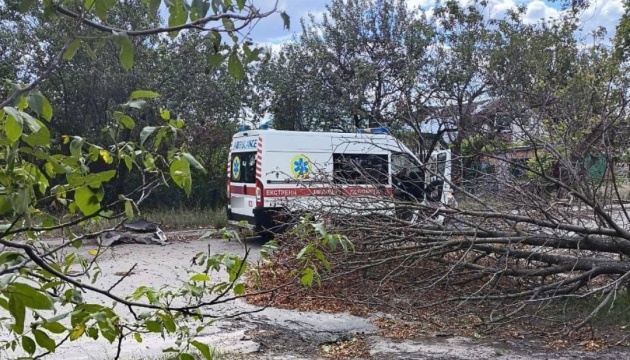

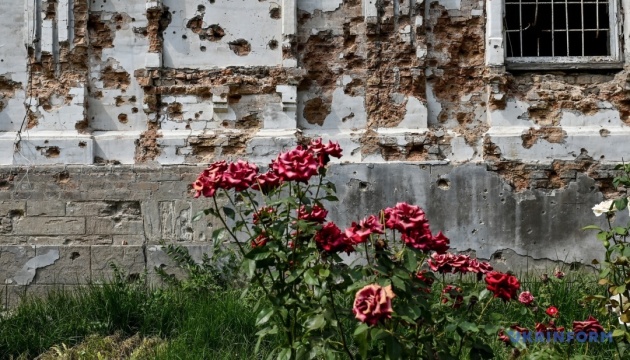

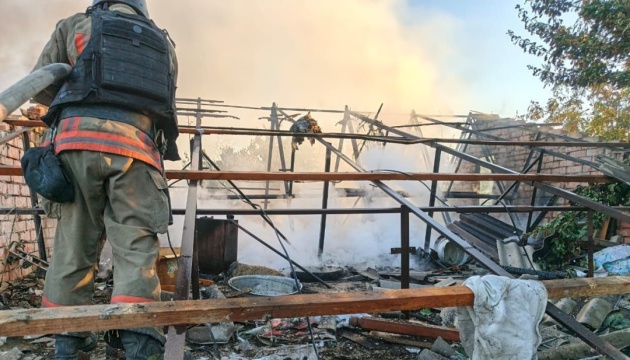

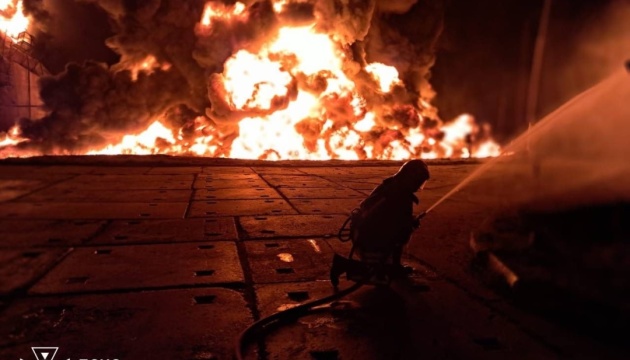



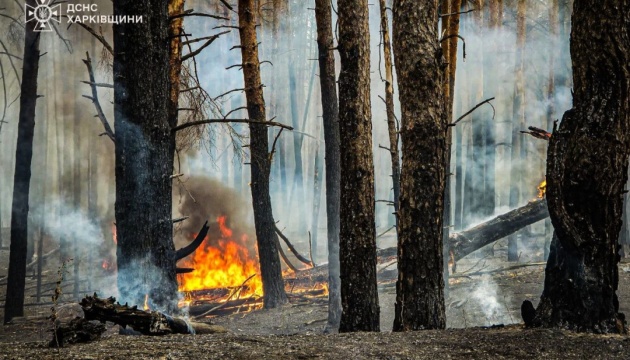

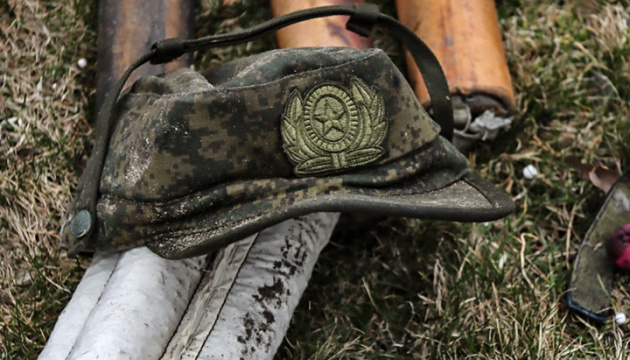



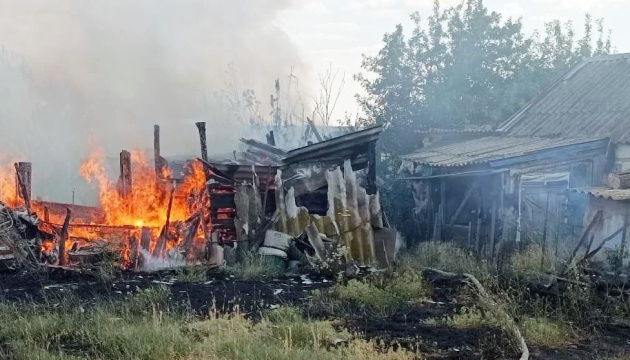

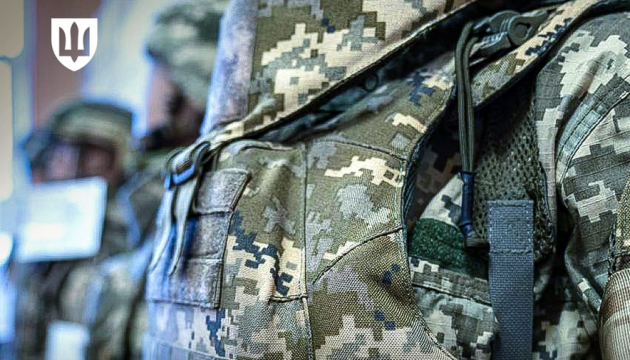

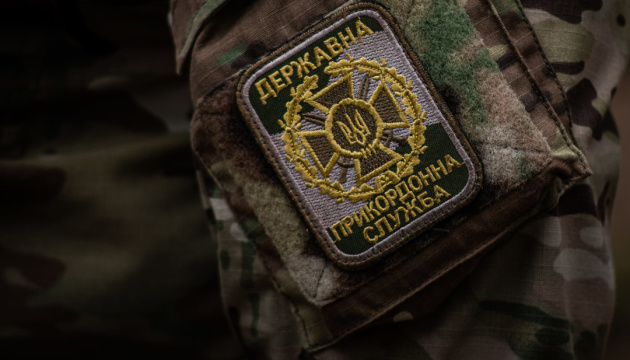

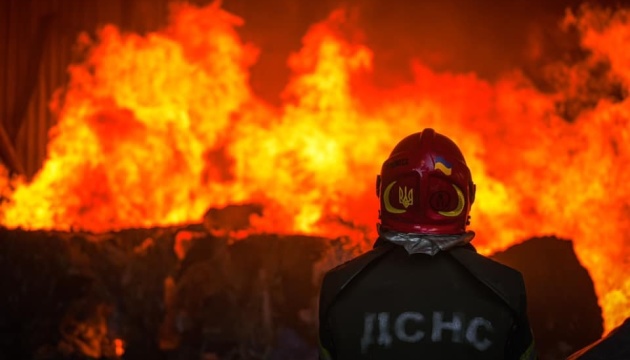


Trump says 'it's possible' Putin does not want to make a deal to end Ukraine war

© AFP/Getty




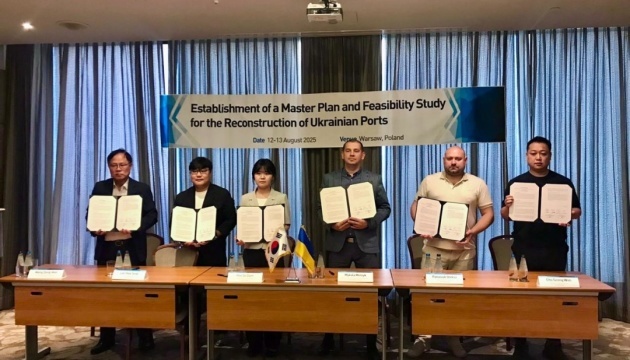




The U.S. won’t send troops, and Russia won’t accept forces from NATO states in Ukraine, writes John Bowden. So what kind of security guarantee is it really?

© AFP/Getty


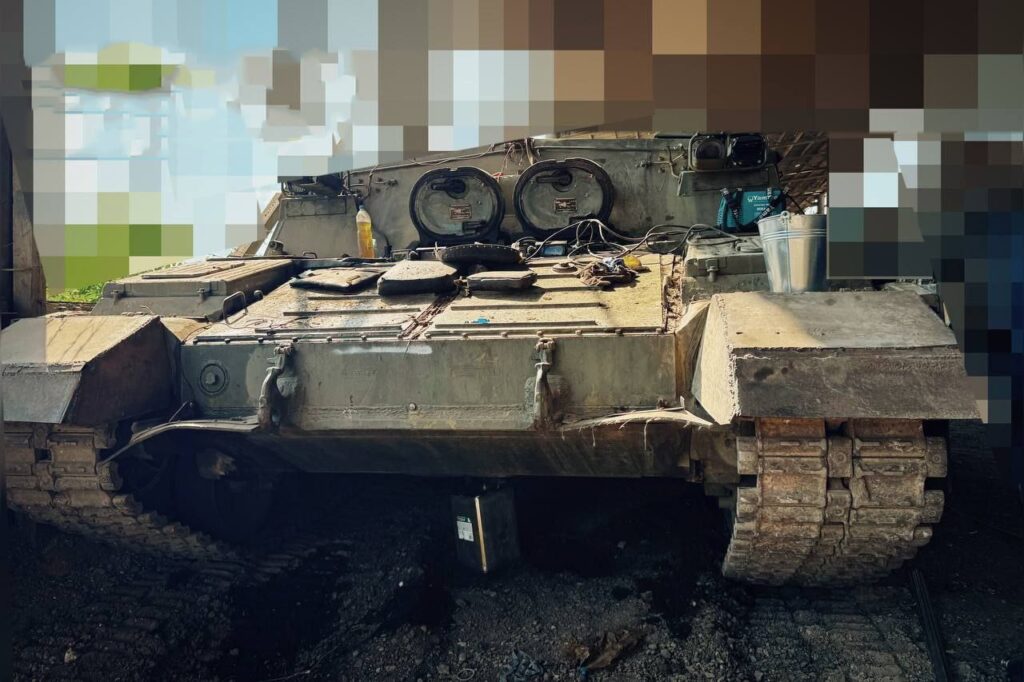

In the late 1970s, Soviet officials tapped the Kirovsky Design Bureau in Saint Petersburg to develop a reconnaissance and command vehicle for nuclear warfare: a sealed, self-contained and thickly-armored turret-less tank with remote cameras and its own oxygen supply.
The Ladoga recon and command vehicle wasn’t just nuke-proof. It was also weirdly cozy.
Kirovsky produced just a handful of the tracked vehicles—maybe four or five. One spent some time in the irradiated zone around the nuclear power plant in Chernobyl, in northern Ukraine, following the plant’s catastrophic meltdown in 1986. Aside from another that ended up in a museum, the Ladogas then simply disappeared.
Until March 2024, that is—when a Ukrainian drone spotted, and struck, what appeared to be a Ladoga rolling toward Ukrainian lines near the Kreminna Forest in eastern Ukraine. Seventeen months later, another—or the same—Ladoga appeared at a repair yard somewhere in the Russian occupation zone.
It’s possible half the Ladogas Kirovsky produced—and the majority that aren’t on display or badly irradiated—have made their way to Ukraine.
It’s no secret why. The Kremlin is struggling to generate enough combat vehicles—either through new production or by fetching older vehicles from long-term storage—to make good the loss of new fewer than 22,500 vehicles and other heavy equipment along the 1,100-km front line of Russia’s 42-month wider war on Ukraine.
The “de-mechanization” of what was once arguably the world’s leading mechanized military helps to explain why some very strange vehicles have showed up along the front line. Armored vehicles are much less important in Russian doctrine as front-line regiments have shifted to harder-to-detect infantry and motorcycle assaults.
Rare vehicle of the day? Ladoga gets hit by fpv drone. Once a transport vehicle for VIPs, now a target of FPVs.https://t.co/ZAHs1kJ2M5 pic.twitter.com/MmmKwXlJPA
— Andrew Perpetua (@AndrewPerpetua) March 26, 2024
The de-mechanization of the Russian military doesn’t mean Russia is losing wider war on Ukraine. It does mean the Russian military may struggle to exploit its battlefield victories against manpower-starved Ukrainian brigades. Russian infantry might find gaps in Ukrainian defenses. But there are precious few Russian armored vehicles on hand to rush through the gaps—and drive deep behind Ukrainian lines.
At the same time, unarmored Russian attacks are vulnerable to armored Ukrainian counterattacks. It’s telling that, after a brigade of Russian infantry marched through empty Ukrainian trenches northeast of Pokrovsk in eastern Ukraine a few weeks ago, the infiltrators clung to their 15-km salient only as long as it took a powerful Ukrainian force to mobilize its tanks and other heavy forces for a devastating counterattack.
To whatever extent Russian troops still ride under armor, they increasingly ride in vehicular oddities that, pre-war, resided in museums—or were totally unimaginable. The Ladoga may belong to both categories. It combines the armored hull of a T-80 tank with a 1,250-horespower gas-turbine engine and a voluminous crew compartment seating four or so people in padded armchairs.
The Ladoga has a mast-mounted television camera and a full suite of radios that would have allowed the vehicle to work in a doomsday command role. Imagine Soviet leaders speeding to safety inside a Ladoga, directing their own nuclear forces as NATO’s own nukes rain down.
Now imagine some Russian colonel commanding his battalion from a Ladoga’s cozy interior during an attack on Ukrainian forces around Kreminna or Pokrovsk. Or, equally likely, Russian infantry using the Ladoga as an improvised assault vehicle.
The tiny force of Ladogas got a workout around Chernobyl but never performed its primary role in an atomic apocalypse. Surely no one at Kirovsky imagined an aged Ladoga or two would eventually find a way to the front line of a non-nuclear war in 2024 and 2025.
But then, it’s hard to imagine the engineers in Saint Petersburg 50 years ago could anticipate Russia losing 22,500 armored vehicles in just three and a half years in a war with, of all countries, Ukraine.

© Reuters
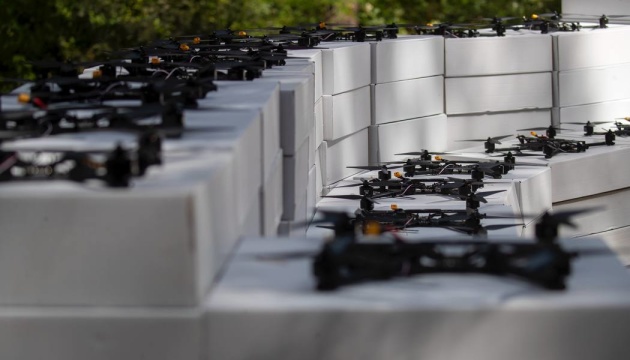



© Anchorage Daily News
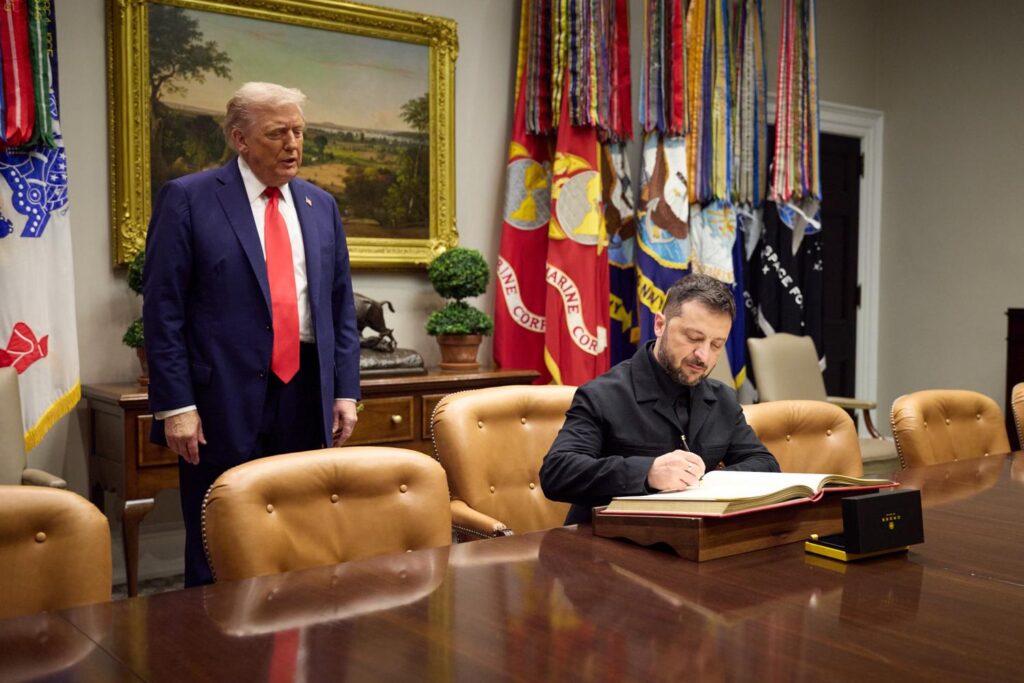

The change of atmosphere in the Oval Office could not have been starker. In February, Ukrainian President Volodymyr Zelenskyy walked into what looked like an ambush, facing a hostile President Trump and Vice President Vance. On 18 August, the same office hosted a cordial and businesslike discussion between leaders coming to a common understanding of how to deal with Vladimir Putin’s aggression.
After months of education about Putin’s methods and Trump’s negotiating style—including Trump’s Alaska meeting with Putin that failed to produce the easy peace he had promised—all parties are adopting a more realistic approach away from wishful thinking toward the kind of concerted pressure that may eventually lead to ending Europe’s deadliest war since World War II.
The Ukrainian side clearly learned its lessons from the previous hostile encounter. President Zelenskyy expressed gratitude, emphasized that US aid didn’t come as gifts, and avoided contradicting Trump or presenting graphic war imagery that derailed the last meeting.
Instead, he arrived with maps, battlefield assessments, and specific ideas.
His message was clear: although Russia controls about 20% of Ukrainian territory, subtract areas seized in 2014-2015 during Ukraine’s weakness, and Russian gains over three and a half years of full-scale war have been remarkably limited.
This tells a story of Russian bluff rather than Russian strength.
Ukraine made a crucial adjustment by dropping its insistence on NATO membership as the only acceptable security arrangement. This removes a major irritant for Trump and strips Russia of its stated pretext for aggression while opening space for alternative frameworks that could prove equally effective.
The proposed Article 5-level security guarantees from a coalition of 30 countries including NATO and non-NATO members such as Japan, New Zealand and Australia represent serious deterrence and deflate Russian narratives completely.
Ukraine also proved it can make deals. The recent minerals agreement with the United States demonstrated Ukrainian reliability and skill as a negotiating partner. This credibility played an important role in securing a respectful conversation in Washington rather than another steamroller attempt.
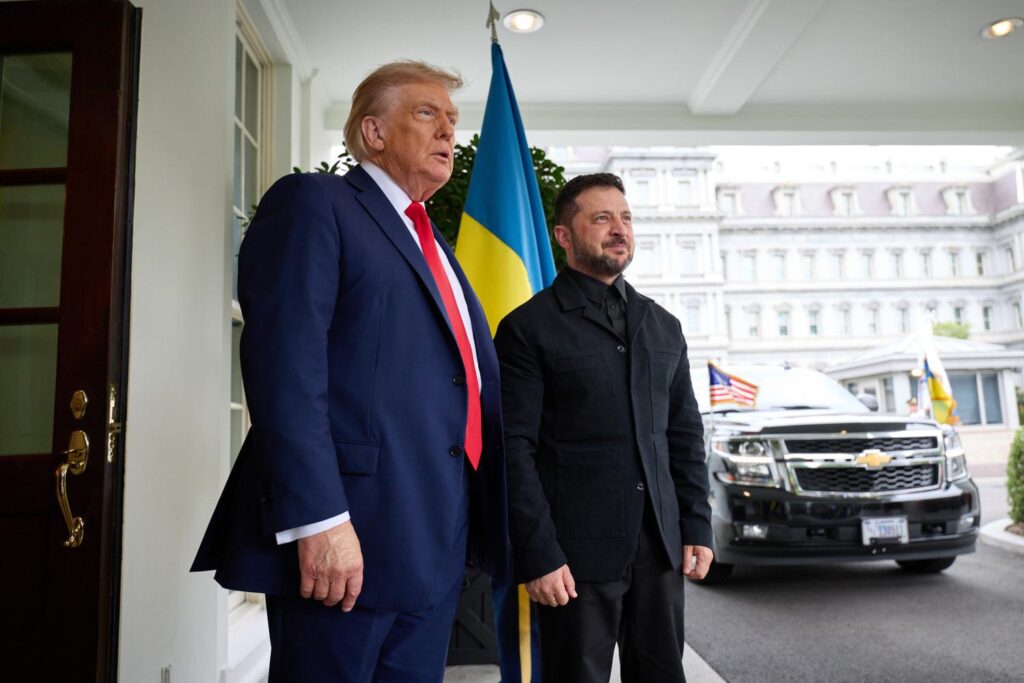
President Trump’s evolution has been equally significant.
His initial belief that he could charm Putin into peace through generous concessions has given way to a different approach entirely.
Trump expressed irritation with Putin’s duplicity, refused to discuss business opportunities before the war stops, and ordered two US nuclear submarines to “be positioned in the appropriate regions” in response to Russia’s nuclear saber-rattling.
Trump appears to have learned what Ukraine discovered long ago: Putin interprets willingness to compromise as weakness. While Trump continues making public overtures toward Putin as part of his deal-making philosophy, his actions tell a different story:
This looks like a return to “peace through strength,” though there’s an obstacle to applying it fully. NATO countries have acknowledged they’re not ready for confrontation with Russia and are working to build up their strength in what resembles an exercise of saying “nice doggy” while looking for a stick.
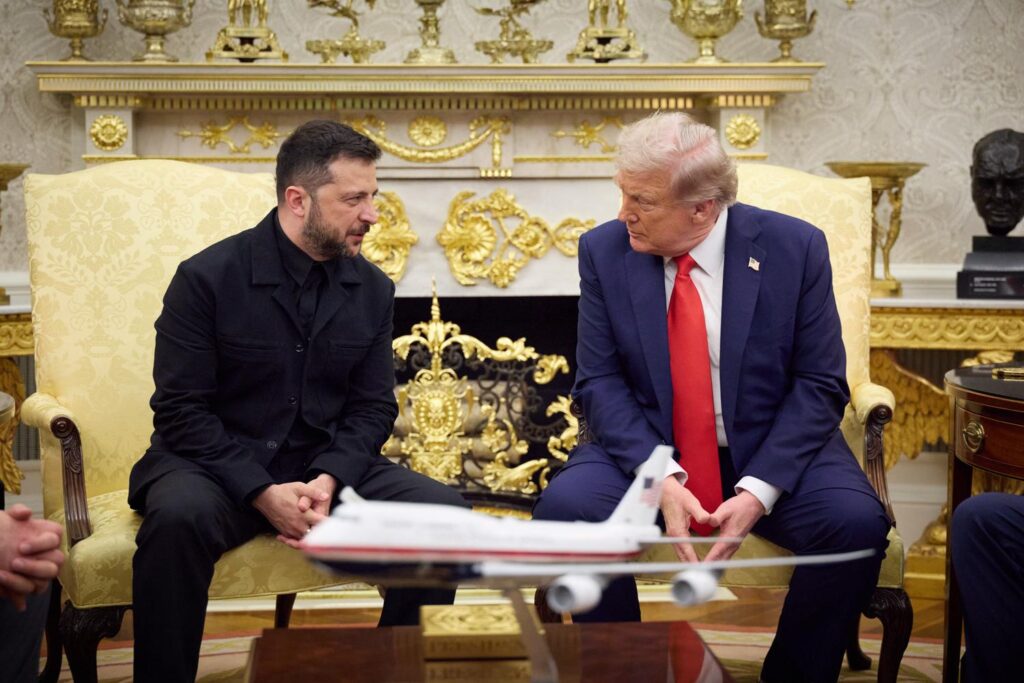
Putin finds himself in an increasingly difficult position. Having claimed NATO expansion was Russia’s primary concern, he now faces a situation where Trump has categorically ruled out Ukrainian NATO membership.
If Putin continues rejecting peace talks under these conditions, he loses his victim narrative and reveals himself clearly as the aggressor—exactly what Russia has tried to avoid.
Putin’s manipulation tactics, while still present, appear to be losing effectiveness. His transparent attempts to flatter Trump over the 2020 election and the humiliation of President Biden, plus the Trump portrait given as a gift, represent obvious flattery that seems to be increasingly losing grip.
More significantly, Putin’s refusal to accept Trump’s generous initial concessions demonstrated to the American president that the Russian leader may not really mean what he says.
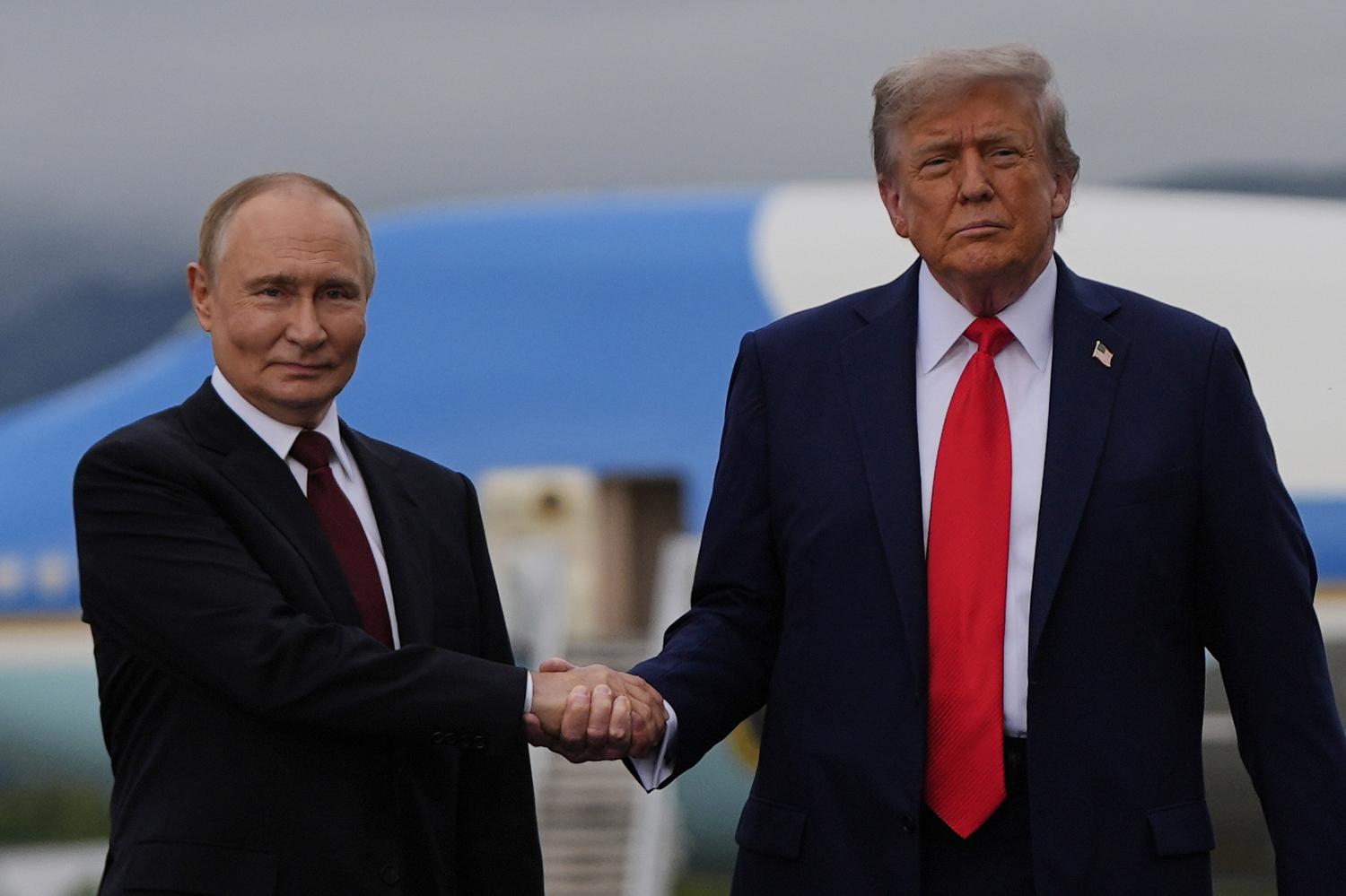
Russia’s economy is heading toward recession and stagflation. Russia faces slowing production, high inflation, and high interest rates. While Moscow has managed to escape the Afghanistan effect on its society by recruiting contract soldiers from poorer regions rather than sending young conscripts to the frontline, this strategy has limitations.
Ukrainian long-range strikes disrupting Russian economic activity, plus western sanctions limit Russia’s ability to sustain the strategy for long.
Europe is showing signs of waking up to the new security environment. Despite divisions within the European Union, particularly from countries like Hungary, a core coalition remains committed to maintaining sanctions pressure on Moscow while supporting Ukrainian security, as demonstrated in the 18 August White House meeting.
The European Commission has developed strategic documents to enhance Europe’s defense readiness and devised financial instruments to help build and modernize the European defense industrial base. Ukraine is increasingly involved as Europe’s partner.
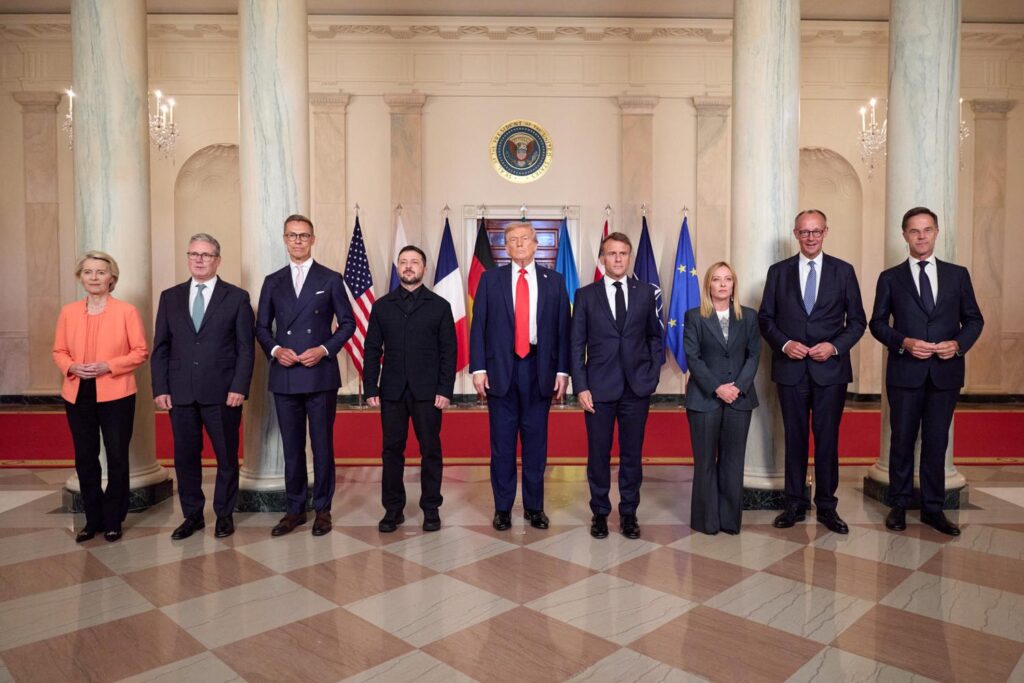
Like traditional NATO Article 5 protections, the Coalition of the Willing comprised mostly of Europeans will commit to defending Ukraine according to their capabilities, as President Zelenskyy explained.
Some will provide military contingents, some will give financial support, others could secure Ukraine’s coastline, and still others might handle air defense. This arrangement represents a big step forward from other security arrangements Ukraine has been offered—the 1994 Budapest memorandum or the Ukraine Compact adopted at the NATO Vilnius summit.
The territorial question remains the most difficult issue, particularly regarding Crimea and Donbas. Ukraine will never formally recognize Russian sovereignty over the peninsula, but there appears to be growing acceptance that military reconquest is currently impossible.
Russian control of Crimea creates ongoing security threats extending far beyond Ukraine’s borders. Crimea serves as a southern bridgehead that Russia already used to launch its 2022 attack against Ukraine. Continued Russian presence there ensures this threat remains active.
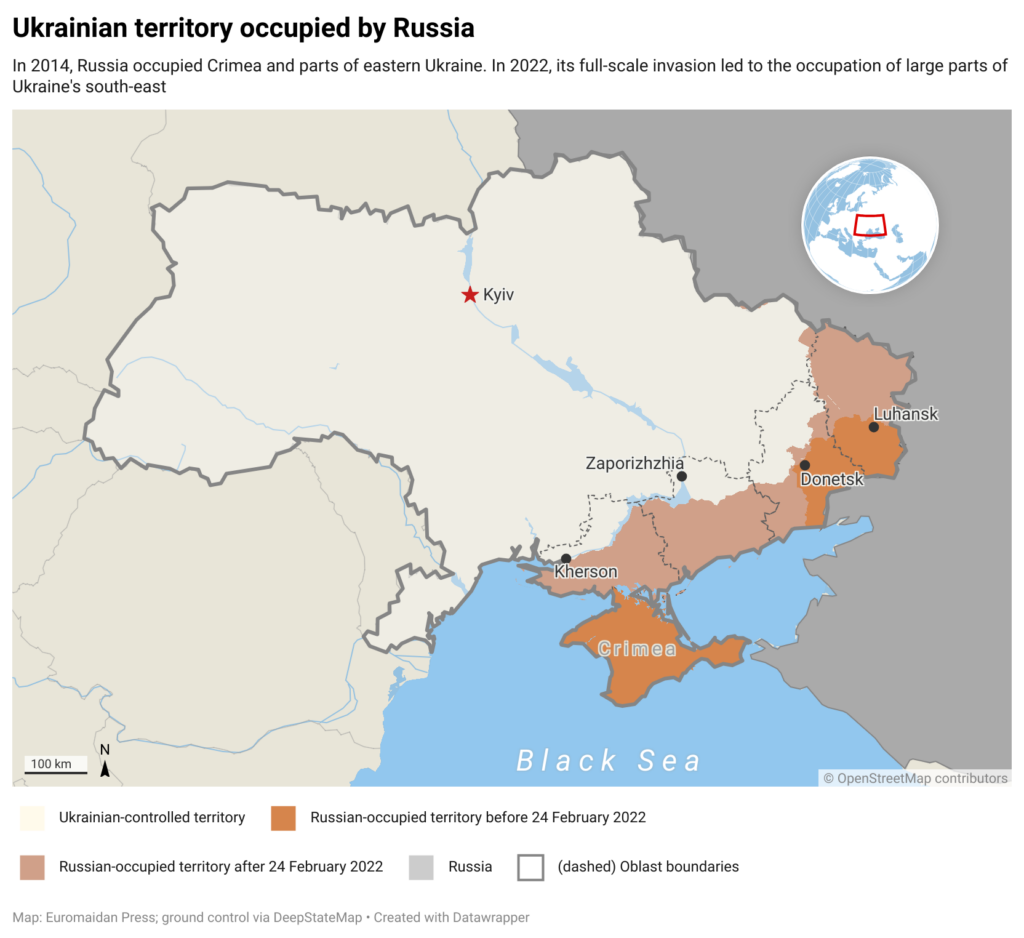
Ukrainian shipping lanes through the Black Sea will remain vulnerable to Russian interdiction from Crimean bases.
Most critically for Western interests, Russian military positions in Crimea place Moscow significantly closer to European NATO members, creating security challenges for the entire alliance.
Ukraine’s European partners have been explicit about their red lines regarding territorial concessions achieved through force. The principle at stake—that borders cannot be redrawn through military aggression—represents a cornerstone of the international order that extends far beyond Ukraine’s specific situation.
Recent developments suggest that substantive negotiations between Russia and Ukraine could take place. Putin’s agreement to meet Zelenskyy personally before trilateral talks with the US president, Trump’s willingness to participate in security guarantee discussions, and the emergence of a credible international coalition all point toward more serious diplomacy than we’ve seen since the war began.
But this progress remains fragile. Putin’s track record on agreements is poor, and his refusal to agree to a ceasefire indicates he still favors continued conflict.
The path forward requires sustaining economic and military pressure on Russia while building the strength necessary to enforce any eventual agreement. Sanctions should remain until concrete progress occurs, weapons deliveries to Ukraine must continue, and the coalition of willing nations must finalize security arrangements that will credibly deter future Russian aggression.
After eleven years of war, the possibility of a negotiated settlement finally appears somewhat realistic. Nobody in Ukraine is rosy-eyed about Russian intentions and Putin’s ability to continue inflicting lots of pain.
The stakes extend beyond Ukraine to the future of European and possibly even global security. Failure will invite further challenges from Russia and other authoritarian powers watching closely. Ukraine and its allies and partners must not fail.
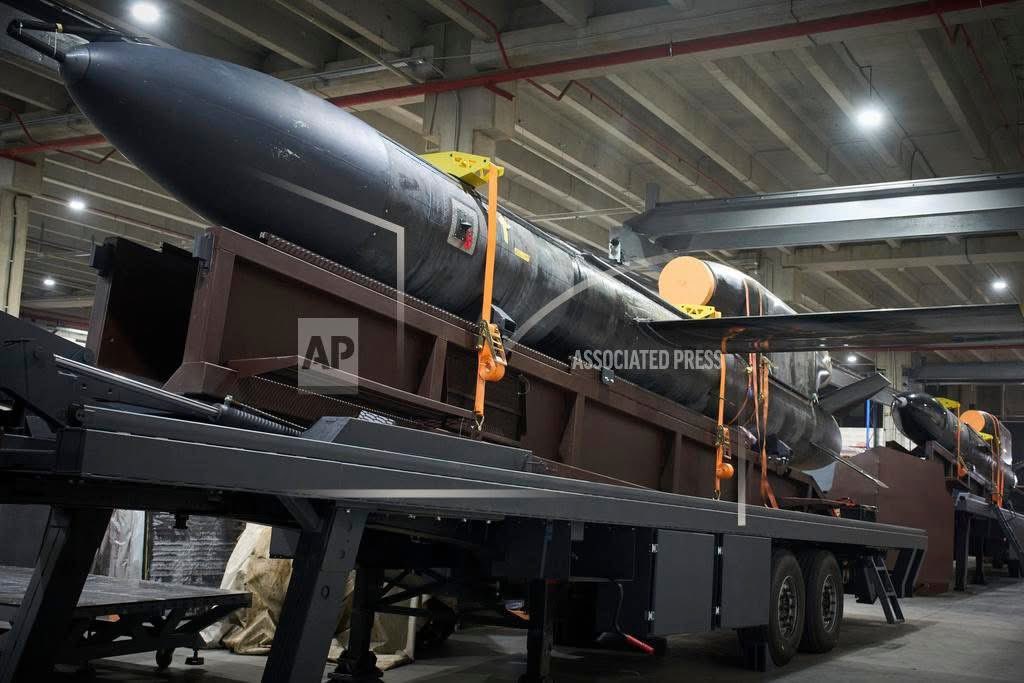

When images of Ukraine’s new Flamingo cruise missile appeared, experts quickly pointed out the resemblance to another system.
The War Zone (TWZ) described Flamingo as “extremely similar, if not identical” to the FP-5 made by UAE-based Milanion. Its specifications — 3,000 km range, 950 km/h top speed, a one-ton warhead, and rail-trailer launchers — align almost exactly with Milanion’s brochure. Still, TWZ cautioned that “the exact relationship… is unknown,” leaving room for Ukrainian modifications.
Ukraine’s arsenal has long been defined by shortage. Western aid remains vital but insufficient, while domestic production struggles to match demand. Out of this gap came drones—not as a choice but as a necessity—allowing Kyiv to strike deep despite limited means. The Flamingo now represents a step beyond improvisation toward true strategic weapons.
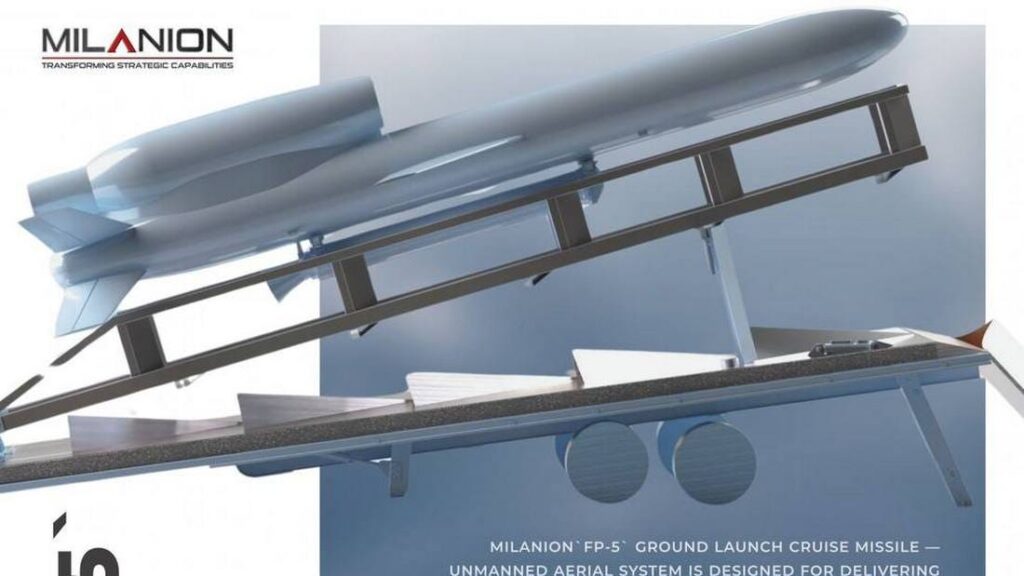
Like the FP-5, Flamingo is no small weapon. Defense Express called it a “behemoth” with a six-meter wingspan and six-ton takeoff weight. Its simple, straight wings make it cheaper to produce but easier to detect.
“The larger the missile, the more noticeable it becomes,” they noted, though they stressed the lack of stealth is “not a critical one.” Ukraine has already used large, non-stealthy Tu-141 drones to strike deep into Russia, proving size is not an automatic disqualifier.
TWZ, however, added a sharper caveat: with “what looks like zero attempts at signature control, the Flamingo is far from immune to interception.” Yet this vulnerability is also part of its logic — a missile that blurs the line with drones, built for mass production and salvos rather than invisibility.
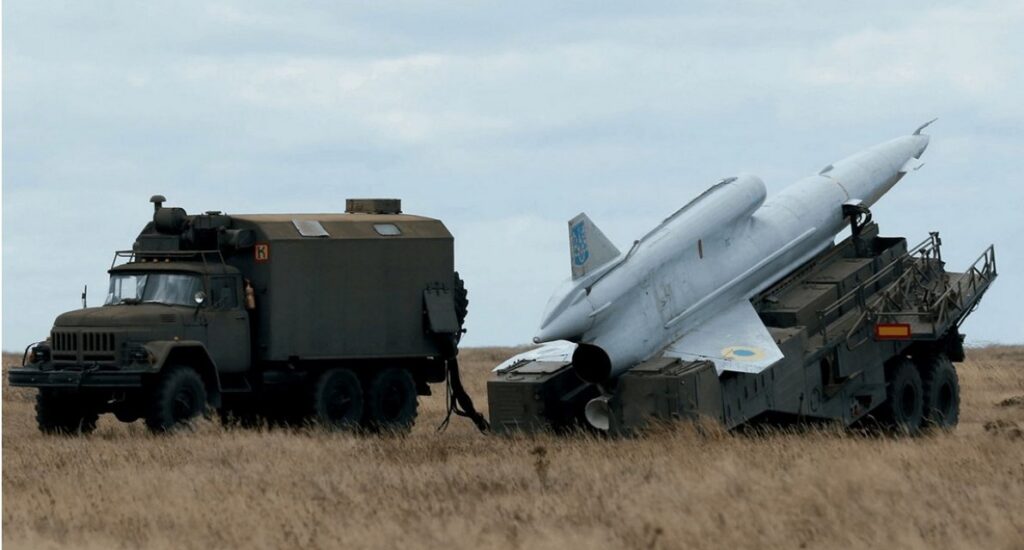
Manufacturer Fire Point has gone further than analysts, telling Ukrinform and Kyiv Post that Flamingo is “better than the US Tomahawk.”
“Tomahawks… are outdated. They have absolutely everything worse than today’s Flamingos,” a company representative claimed, adding that Tomahawks are also “five times more expensive.”
On paper, Flamingo outranges most Tomahawk versions, carries more than double the payload, and flies slightly faster. Where Tomahawk still holds an edge is in its proven TERCOM guidance system, which allows it to resist GPS jamming — a crucial factor in Ukraine’s electronic warfare environment.
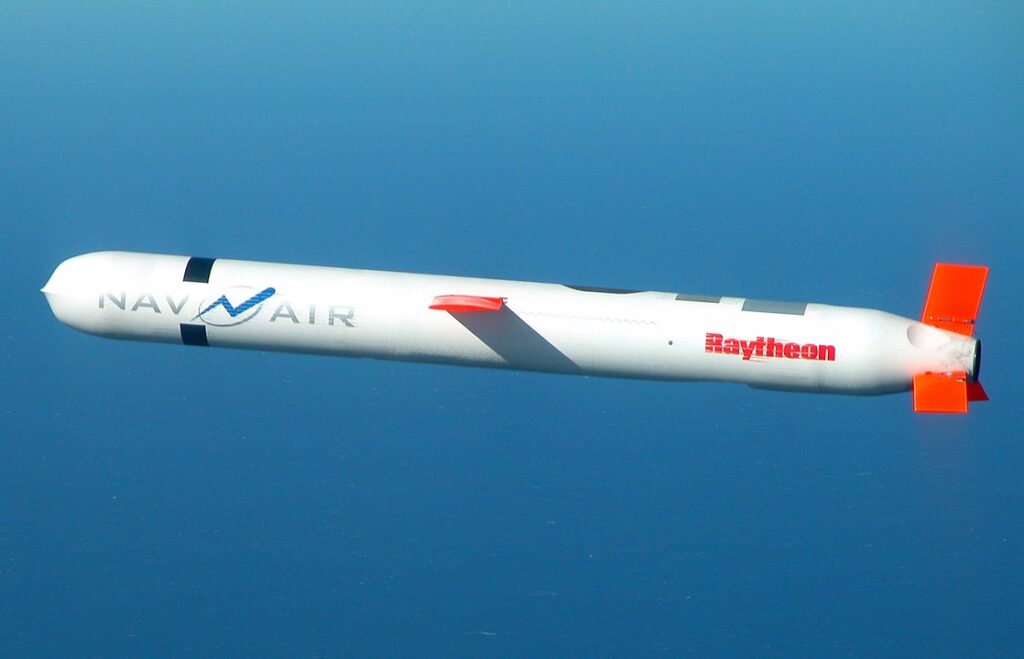
The Flamingo is not the first missile of its kind. Its reliance on ground-rail launchers recalls Germany’s V-1 flying bomb of World War II, while its bulk and range echo the US MGM-13 Mace fielded in Europe during the 1950s. More recently, it sits in the same strategic category as Russia’s Kalibr, which has been used extensively against Ukrainian cities.
Each of these weapons marked a shift in reach and destructive power. Flamingo may be Ukraine’s turn at the same playbook.

The Telegraph framed Flamingo as more than a technical feat. Vladimir Putin’s political stability, it argued, rests on shielding Moscow and St. Petersburg from devastation.
“The Flamingo could potentially… visit the same sort of destruction on Putin’s core cities as Russian weapons have on those of Ukraine,” wrote Lewis Page. But he cautioned that Flamingo is “essentially just a faster drone” and would need to be deployed in large salvos with decoys to get through Russia’s formidable defenses.
On the eve of Trump–Zelenskyy talks, Ukraine unveiled footage of its new Flamingo missile — 3,000 km range, 1,150 kg warhead, now in mass production and used against targets in Russia.
— Euromaidan Press (@EuromaidanPress) August 18, 2025
Defense Minister Shmyhal: “This is very powerful, long-range weaponry — and it’s here.”… pic.twitter.com/N0f8YMgzVB
Whether Flamingo changes the battlefield will depend on production scale and its ability to survive modern air defenses. What is certain is that Ukraine now has a weapon that embodies strategic independence: a domestically produced missile, resembling Milanion’s FP-5, but aimed at taking the war much deeper into Russia than ever before.
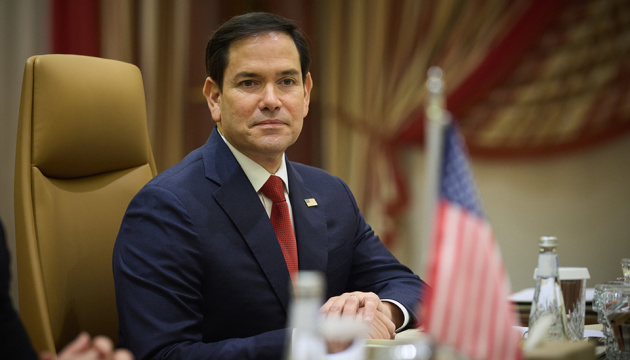




The president was reaching for a ‘4 More Years’ hat to show the Ukrainian president

© Margo Martin / X
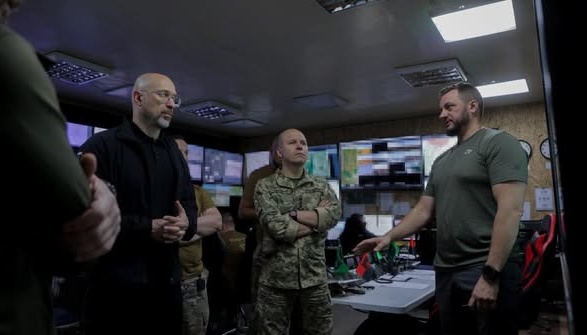


© Getty

Editorial: Following Volodymyr Zelensky’s skilful performance in the White House, supported by an impressive posse of European leaders, the diplomatic focus is firmly – and, for the Russian president, uncomfortably – on Moscow’s next move

© Sputnik